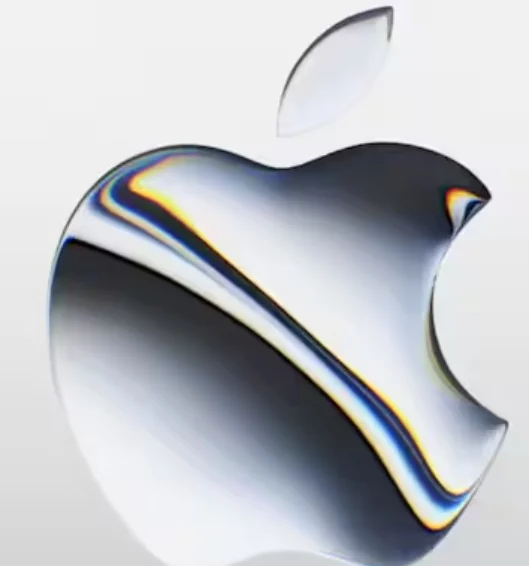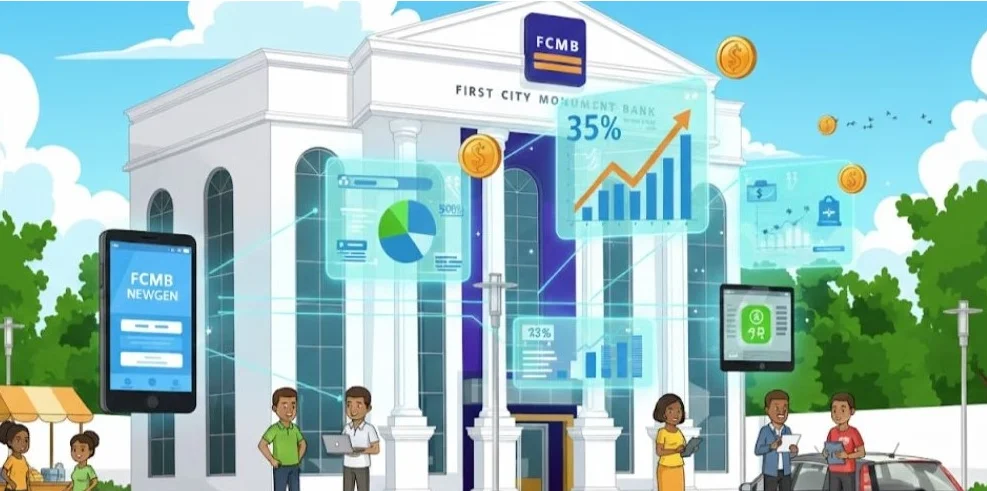Apple is exploring the use of generative artificial intelligence (AI) to enhance the design process of its custom chips, according to Johny Srouji, Apple’s Senior Vice President of Hardware Technologies.
In a recent speech in Belgium, delivered while receiving an award from Imec, a leading semiconductor research and development organisation, Srouji emphasised Apple’s commitment to adopting cutting-edge technologies to maintain its lead in custom silicon innovation.
Generative AI: The Future of Chip Design at Apple
Srouji revealed that generative AI tools are being considered as part of Apple’s advanced hardware design strategy. He explained that AI-powered solutions could significantly boost productivity and reduce the time it takes to build the complex chips that power Apple’s iPhones, Macs, and other devices.
“Generative AI techniques have high potential in getting more design work done in less time. They can be a huge productivity boost,” Srouji said.
He added that Apple’s design process already relies heavily on electronic design automation (EDA) tools, particularly from industry giants like Cadence Design Systems and Synopsys—both of which are rapidly integrating AI capabilities into their platforms.
Apple’s Journey in Chip Innovation: From A4 to Apple Silicon
During the speech, Srouji traced Apple’s custom silicon journey, beginning with the A4 chip used in the iPhone in 2010 to the powerful processors now featured in Mac desktops and the Vision Pro headset.
He emphasised that Apple’s competitive edge lies in making bold decisions and fully committing to them, without fallback strategies.
No Turning Back: The Bold Move to Apple Silicon
A standout example of Apple’s “all-in” strategy was its 2020 transition from Intel chips to Apple Silicon in Mac computers. According to Srouji, Apple made the move without any contingency plan, placing full confidence in its chip architecture and development teams.
“Moving the Mac to Apple Silicon was a huge bet for us. There was no backup plan, no split-the-lineup plan, so we went all in, including a monumental software effort,” he stated.
Collaboration with EDA Industry Leaders
Srouji also acknowledged the crucial role of EDA providers in supporting Apple’s chip development. Both Cadence and Synopsys are integrating AI-driven tools into their design suites, giving Apple and other top chipmakers advanced capabilities to accelerate innovation and reduce design errors.
“EDA companies are super critical in supporting our chip design complexities,” he said.
What This Means for the Future of Apple Devices
By integrating generative AI into its chip design process, Apple aims to:
- Shorten development cycles
- Improve chip performance and energy efficiency
- Boost design team productivity
- Maintain a competitive edge in the semiconductor space
This move aligns with Apple’s broader strategy to control its hardware stack and deliver optimised performance across its ecosystem—from iPhones to MacBooks and beyond.
Apple’s interest in using generative AI for chip design marks a significant step in the future of semiconductor innovation. With no intention of slowing down, the tech giant is doubling down on bold strategies, smart partnerships, and breakthrough technologies to shape the next generation of computing.












